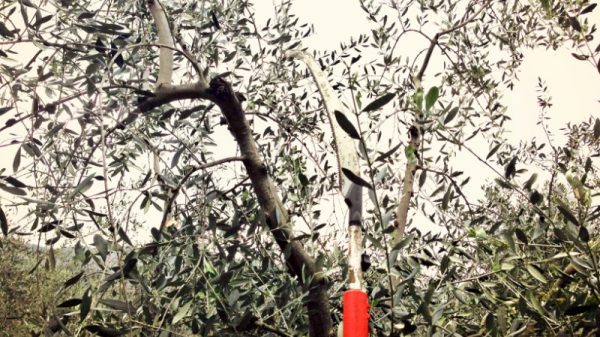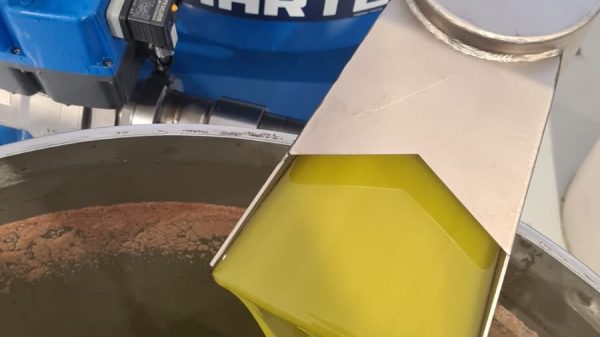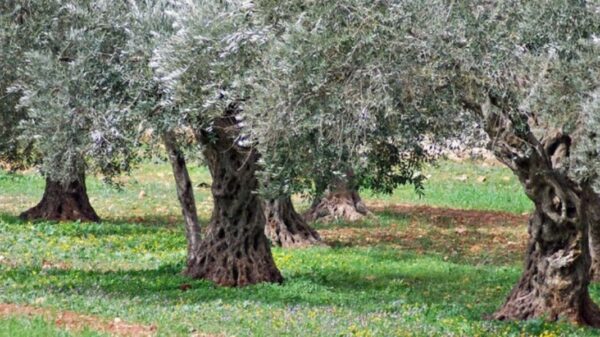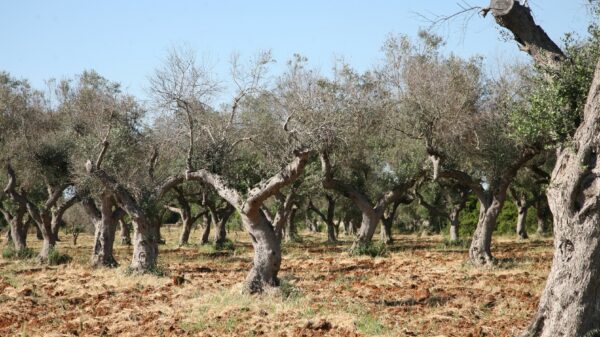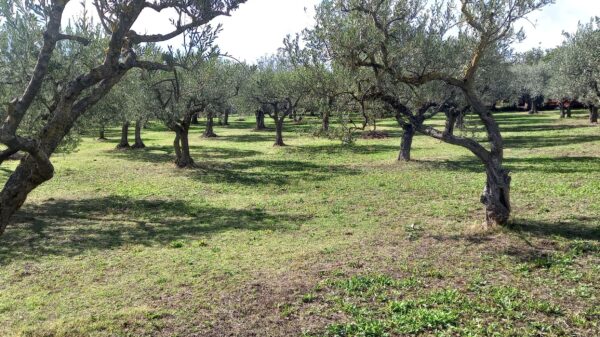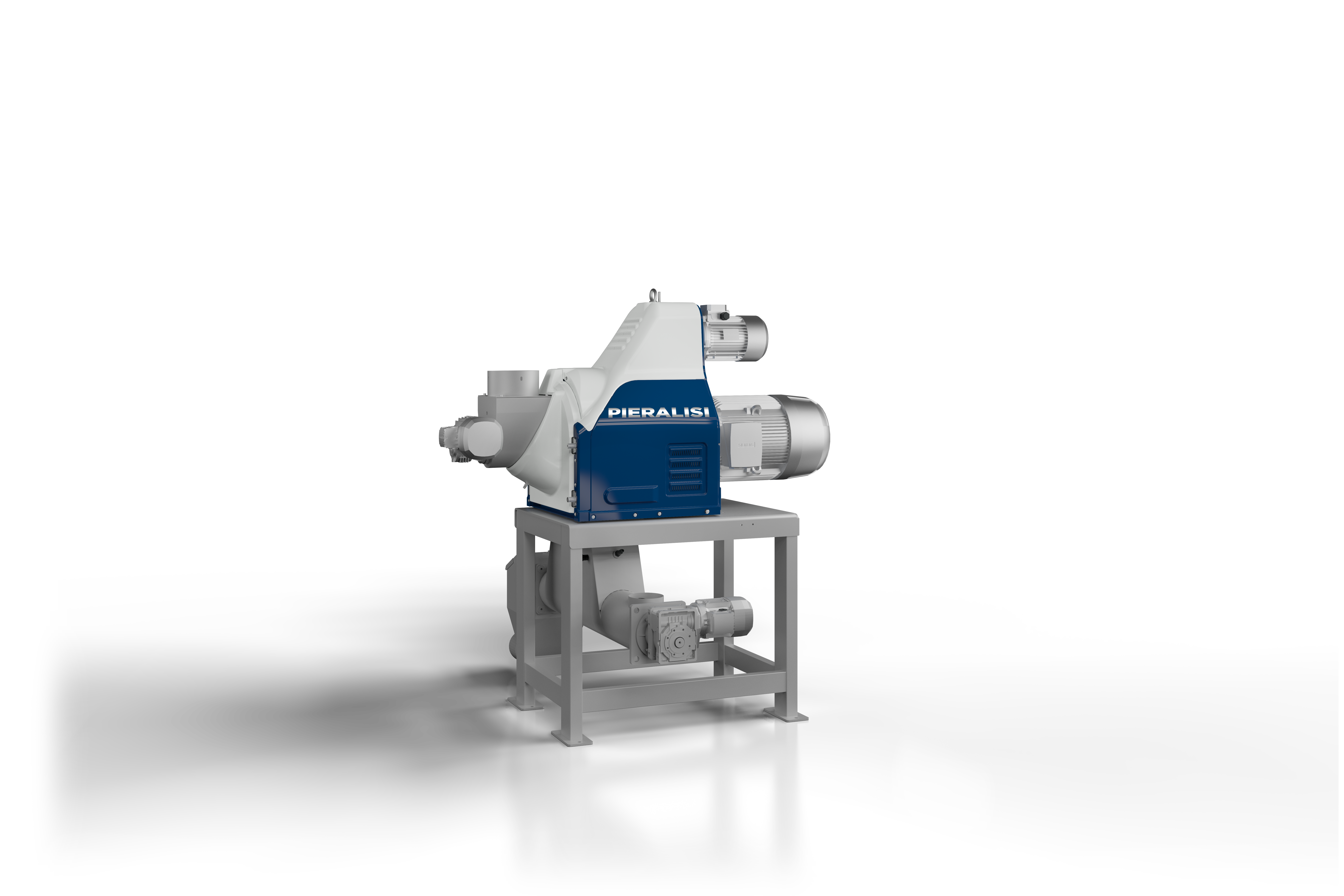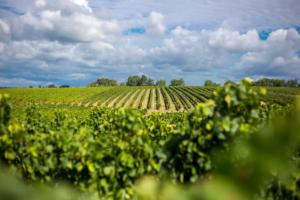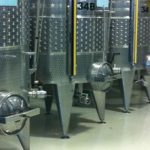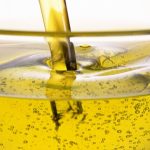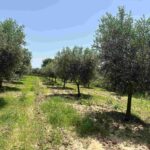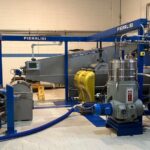by THOMAS VATRANO
Dr. Agronomist, PhD
www.thomasvatrano.com
We are in the era of climate changes. From north to south of the peninsula adverse climatic events lash bringing destruction, huge damage to agriculture and, unfortunately, sometimes even human lives. Hail the size of a tennis ball, temperatures far above 40°C, storms: will these be the meteoric events that will characterize the scenarios of the future? At present it seems so, unfortunately.
It's time to change course! There is no more time to reflect, we need to take the field and act immediately. We've been hearing about lately mitigation of climate change, of carbon neutrality, of carbon farming, agriculture 4.0, etc. All valid elements which, if well supported, will be a valid aid in tackling the climate emergency in the coming years. As reported in theIPCC (Intergovernmental Panel on Climate Change) of 2021 it will be necessary to work in order to contain the increase in climate and keep it at 1,5°C by 2050. Scientists have been sounding continuous alarms for years. If we do not put a stop to CO2 emissions, the scenarios will be alarming and we will face extreme climatic events, heat waves, famines, loss of biodiversity, mass exoduses, etc.
You need to update the know-how of technicians and professionals in the sector. Just why you have to protect the plants. This statement may seem strange, but in the light of the above it will be necessary to manage agricultural crops in a different way. Meanwhile respecting them, then knowing their physiology and taking care to act in balance with the environment!
The olive tree, a species of historical and economic importance in the Mediterranean basin, it is among the tree plants most affected by the phenomena of climate change with repercussions on yields and on the suitability of olive-growing territories. Various scientific works bear witness to this, including that of Viola F. et al. (2013) in which a decrease in yields is hypothesized due to increasingly hotter summers, little rain and thermal increase. It seems that in the next 120 years there will be a reduction in yields equal to a loss of 8 quintals/ha.
In our territories there is often an increase in relative humidity during the flowering period, which hinders the exchange of pollen with consequent lack of pollination. This manifestation has increased in recent years and is often associated with the thermal increase in the hottest hours.
In the autumn-winter period the increase of water on the leaves, understood as relative humidity, led to an increase in the pathogenicity of olive tree cryptogams once considered secondary. This is the case of the cercospora of the olive tree, which causes huge phylloptosis on various Calabrian olive growing areas, especially in the most susceptible varieties. Besides that, one is also estimated shit of the flowering period of about 6/17 days between 2021-2050 and 2071-2100 in comparison with the historical period 1981-2010.
But let's take a good look what happens in the olive tree exposed to these environmental stresses. Considering it water stress, the latter affects by decreasing crop yield, alters chlorophyll, interferes with photosynthetic activity and modifies the activity of enzymes involved in carbon metabolism and antioxidant processes. Furthermore, in these cases there is a increased ROS (substances reactive to oxygen), such as hydrogen peroxide, hydroxyl radicals, superoxide, etc. The increase in such substances can cause irreversible damage to nucleic acids, proteins, carbohydrates, lipids and enzymes and high concentrations of ROS cause a disparity in the electron transport process in mitochondria and chloroplasts.
One of the immediate reactions of plants to water stress is closure of stomasi, which, in addition to promoting the increase of ROS, inevitably leads toinhibition of photosynthesisthe. Olive growers, especially those who aim for quality, are forced to manage the harvest in difficult environmental conditions, with temperatures that often reach 30°C and with negative repercussions on the organoleptic characteristics of the extra virgin olive oil. Several manufacturers of extraction systems have been working for some time to contain the thermal increase of the olive paste during processing.
A hint of the effects of climate change on a species already affected by a crisis in the oil market.
References
Viola F, Caracciolo D, Pumo D, Noto LV (2013) Olive Yield and Future Climate Forcings. Proceeds Environ Sci 19:132–138. doi: 10.1016/J.PROENV.2013.06.015
